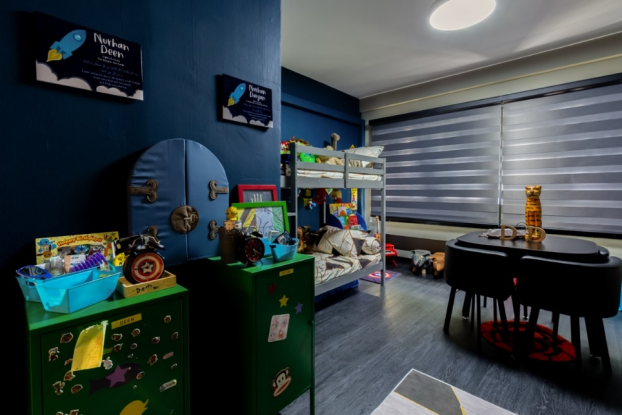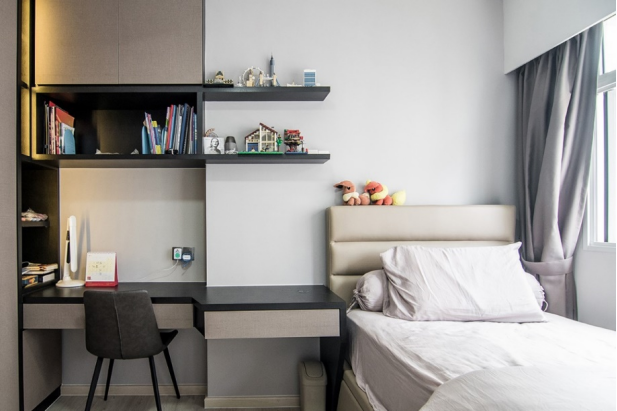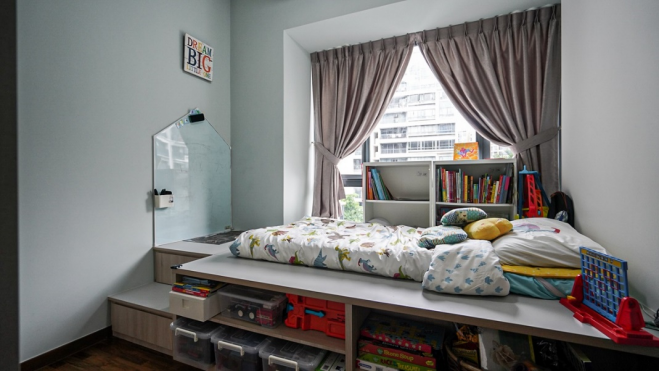Planning a home is always a complicated task, albeit even if it’s something you’ve looked forward to all your life. And including plans for your children and their bedrooms is an even bigger, and, sometimes, complicated task. While children are diminutive in size, and are, often, relegated to the smaller rooms in a home, they come with a large number of belongings and requirements in a room. However, with a few clever tricks and the right furniture, you can create the perfect bedroom design for your child that’s extremely functional with a bit of play room as well. So lets get started!
When designing your child’s bedroom, it’s important to take their imaginations into consideration and create a room that will help nurture and grow it. You can make your kid explore, think and be creative while inspiring them through their bedroom design and décor. Whether it’s for a toddler or a young child, creating areas in their bedroom where they can improve their sensory skills will go a long way in their mental and physical growth. Creating small murals on the wall with painted pictures telling a story or adding shapes and colours to their furniture is a clever idea for a children’s room décor.

The basic, bare minimum pieces of furniture you’ll need to include in a child’s bedroom design are a bed, a desk, a closet, and shelves for books, toys and other belongings. To place all these around a room in such a way that your little one also has space to move around and play may feel like a real life game of Tetris. An easy method for creating a bit of uniformity is planning everything across one wall. If your kids’ room design has an entire breadth of wall space unobstructed with windows or anything else on the wall, use this as a your starting point to fit in all the pieces of furniture. In this bedroom design we see the kid’s room furniture neatly fitted into a single-wall space, where everything from the desk, the bed, shelves atop all coexist within a compact space, making the rest of the room feel more open with space to move around.

The key to planning any small space home is finding ways to utilize the floor space judiciously, adding in furniture which makes the most of the area it takes up. In a kid’s room design, buying furniture that serves more than its one main purpose is a clever way to free up room for other things your child might need. While a single bed is always the best option for saving space, don’t forget the expansive area under it that is often overlooked. Adding in storage drawers or boxes beneath the bed can double as additional closet space for children’s belongings.

While you may have a kids room design in mind that you think is just right for your little one, their idea of what they want and what they need may be a little different from what you’ve imagined. A place designed for your child should serve as a sanctuary for them to rest, unwind, and be comfortable enough to study and play. Sitting down with your child and ask their requirements. In the process, filter out a few of their likes and habits that can be recreated in their room.


Mention your Requirements